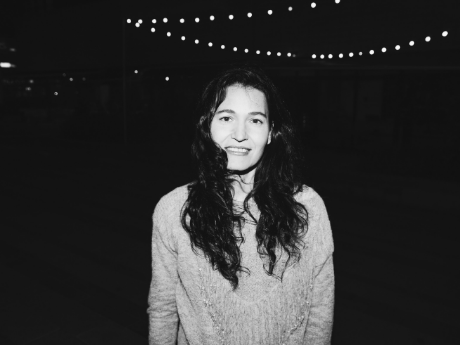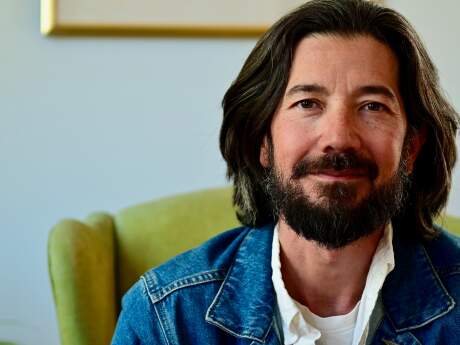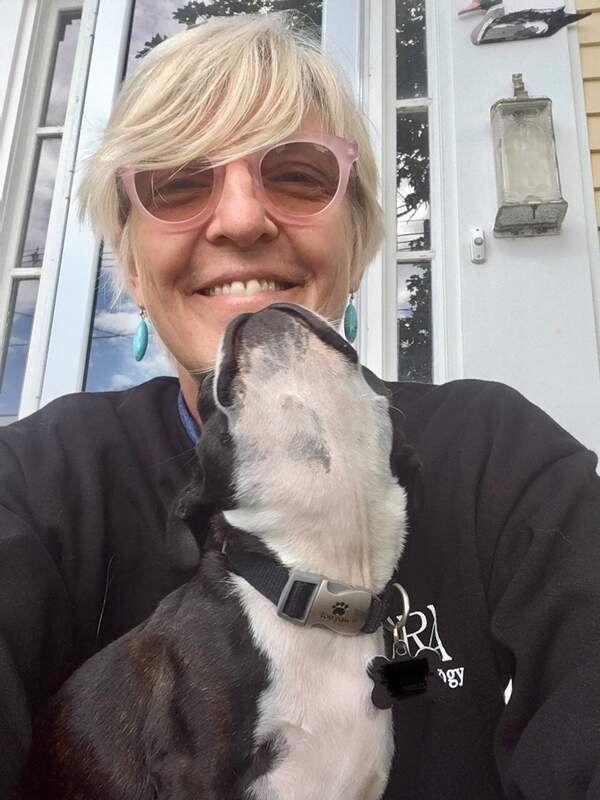Stopping By
Stopping by with Nicole Krauss

During this extraordinary moment—of both pause and activism—we asked writers, musicians, curators, and innovators to reflect on the power and memory of language, shared spaces, and this moment in time.
Nicole Krauss is the author of the international bestsellers, Forest Dark, Great House, a finalist for the National Book Award and the Orange Prize, and The History of Love, which won the Saroyan Prize for International Literature and France’s Prix du Meilleur Livre Étranger, and was short-listed for the Orange, Médicis, and Femina prizes. Her first novel, Man Walks Into a Room, was a finalist for the Los Angeles Times Book of the Year. In 2007, she was selected as one of Granta’s Best of Young American Novelists, and in 2010 she was chosen by The New Yorker for their “Twenty Under Forty” list. Her fiction has been published in the New Yorker, the Atlantic, Harper’s Magazine, Esquire, and The Best American Short Stories, and her books have been translated into thirty-seven languages. She is currently the first Writer-in-Residence at the Zuckerman Mind Brain Behavior Institute at Columbia University. To Be a Man, her first collection of short stories, was published in November 2020.
What is the last thing that moved you?
Explosive emotion expressed physically always moves me, but especially now that the opportunity for movement is so limited. As such, I find myself watching a lot of dance on film: Denis Lavant dancing down the street in Mauvais Sang, to the tune of “Modern Love.” The duet in my friend Bobbi Jene’s piece Lost Mountain, between her and her husband, Or Schraiber. Ohad Naharin’s film adaptation of his piece, Yag.
I also recently saw the 1973 film, The Spirit of the Beehive, directed Victor Erice, about a young girl growing up in a village in Franco’s Spain who becomes obsessed with Frankenstein. It’s so visually beautiful and arresting, and has stayed strongly with me.
What is your first memory of poetry either as a child or as an adult?
When I was 13, a friend of mine, who was 17, wrote a book of poems called The Long Way Home. Many of the poems were about the complexity of our relationship, and it was the first time I witnessed how life can be transformed into art, and how powerfully that changes the feeling of living. Lines from those poems still come back to me even now.
Was there a moment that changed your life or influenced you in becoming a writer?
In the first month of my freshman year, I met Joseph Brodsky, who came to Stanford for a brief visit. During our first real encounter we spoke for eight hours, and I feel those hours changed forever the course of my life. After that, nothing seemed to be the same; everything shifted register. To Joseph, literature was a pursuit for which it was worth risking everything. “It’s what you’ve been given life for,” is how he once put it. In the three and a half years that followed until his death, I learned many things from him, most of all how high the bar should be set, how much one should demand of oneself when trying to write.
Before you were a novelist, you were a poet. Do you still write poetry?
Alas, no. Maybe one day. When I was young, I wanted to be a poet. I never thought I would write novels. And then I became a novelist and never thought I would write short stories. Now I’m older and maybe it’s just my failing eyes, but I can’t really see the distinctions between forms as clearly. Increasingly I have the sense that it all comes from, and moves toward, the same place.
If you could recommend one book or piece of art to everyone, what would it be?
Impossible to choose. I’ll offer two that leap unaccountably to mind: Kafka’s Parables and Paradoxes, which contains, among other things, his brilliant midrashic writings. And, if there were a way for everyone to see it, The Hole, by Ohad Naharin. But unfortunately dance pieces can be hard to access as they require a ticket and depend on performance schedules, and this piece—for which the Batsheva Company designed a hexagonal set—hasn’t yet travelled outside of Israel.
The pandemic continues to keep many public spaces (libraries, concert halls, museums, etc.) closed. What space—and community—do you miss the most?
So many! From BAM to the Russian bathhouse, Brooklyn Banya. But one great public space that has remained open in Brooklyn is the Green-Wood Cemetery, and I’ve spent countless afternoons walking there during the pandemic. It’s like a loophole in time that leads back into the American 19th century.
What do you see as the role of art in public life at this moment in time?
Art continues to offer what it has always offered: A rebellion of the private conscious; a commitment to being alive to all the many possibilities of experience and being; a dodgy risk for freedom that might fail disastrously, but might succeed in the creation of unique and new orders, and so on. As for its role at any given moment, that really depends on how high public life can rise to its occasion, on whether we are willing to pause and give it our full attention.
Your short story collection To Be A Man was published in November. What was it like to release a book during lockdown? And, are you working on anything right now that you can tell us about?
To be honest, it was a relief not to have to travel for many months on tour! But I also very much missed meeting readers, which only really happens then. I’m working on a text that has come out of my conversations with neuroscientists while I’ve been a writer in residence at the Zuckerman Mind Brain and Behavior Institute at Columbia University. And I’m also writing a new novel—if I say it enough times, I might start to believe it.
Author photo by Goni Riskin


